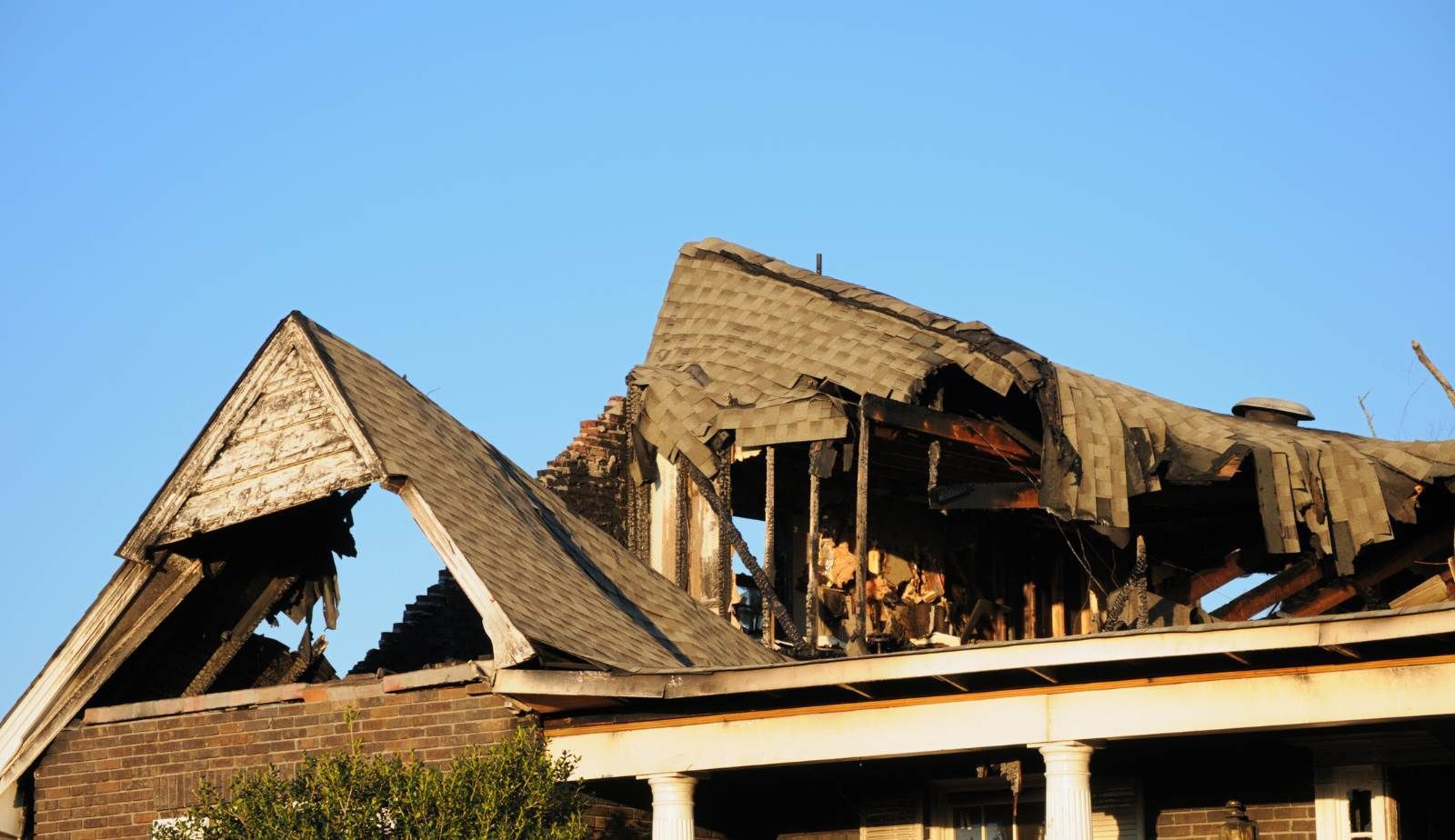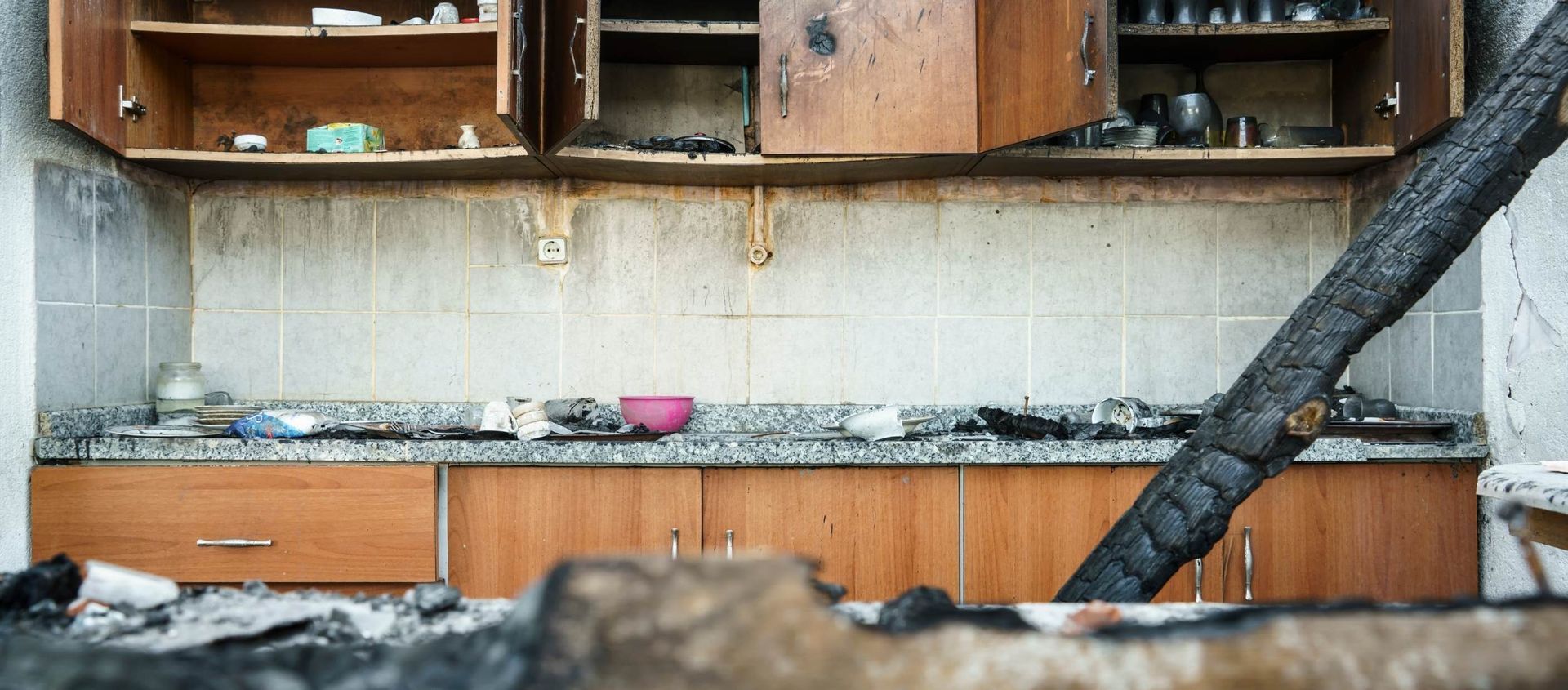Fire Restoration FAQs
The Most Commonly Asked Questions About Fire Damage Restoration
Facing the aftermath of a fire can be an overwhelming ordeal – leaving homeowners stressed and uncertain of the first steps. The physical flames often tear through a building and cause significant property damage. Then, there is the subsequent property damage caused by the smoke and soot. Once the flames are extinguished, you will likely find that the firefighting efforts left your home saturated with water. Cleanup efforts will involve restoring the fire damage, cleaning up the soot & soot, removing all the standing water and performing a thorough structural dry out.
With such a monumental cleanup task ahead, countless questions begin to swirl around. If you are trying to manage the aftermath of a fire, and have endless unanswered questions about the restoration process, here are some of the most commonly asked questions about fire restoration to help get you started on the right track.
Fire Damage Questions Answered by DryMax's Local Fire Restoration Pros in Louisiana
What is the first thing I need to do after a fire?
Call your insurance company and file a claim after the fire is out and everyone has received the medical attention they require. Before you can begin the process of fire damage restoration, your insurance company must assess the damage. Make a list for your insurance company of all the objects that were lost or damaged in the fire. Also, take numerous photographs of the structure, particularly any damaged parts, as well as all contents — the more photographs you take, the better. It's critical to work with your insurance carrier during the fire damage restoration procedure.
How long is the cleanup process after a house fire?
This will all depend on your specific situation. The cleanup process varies depending on the severity of the damage, the efficiency of your fire damage restoration company, and the insurance company’s protocols. If there are subsequent issues like mold and water damage, that will likely alter the timeline of the restoration. The cleanup timeline can vary for a few days to a few months depending on the circumstances.
If you are in need of smoke damage cleanup, you should consult a local emergency restoration company. They will schedule an initial site assessment to determine the extent of the damage and develop a scope of work for your specific restoration needs, which will include an estimated timeline for completion.
Will all the water get cleaned up with the fire restoration?
When a structure is engulfed in flames, the firefighting efforts often mean flooding the structure with water to extinguish the flames. If your home is flooded after a fire, that water needs to be cleaned up and properly dried; otherwise, the residual water could cause detrimental damage to the building structure and cause widespread mold growth that can make you and your family sick. Of course, the immediate fire damage is your top priority and at the forefront of your focus. But, you also have to keep in mind that there could be subsequent damage and consequences if the cleanup efforts are not thorough.
A
professional fire restoration company will thoroughly assess the damage and look for any secondary issues, like water damage and mold. Fire damage cleanup companies often offer comprehensive cleanups that also include water restoration and mold remediation as needed.
Can I safely be in my home during fire damage restoration?
Depending on the severity of the fire damage and layout of your floorplan, it may or may not be safe for you and your family to stay in the house during the cleanup efforts. Furthermore, cleanup is often fairly invasive, and it might not be practical to stay in the house during the restoration process. During your initial site assessment, a certified restoration professional will be able to determine whether or not you will be able to safely stay in your home and make the necessary recommendations to relocate as needed. Some smaller fires are less pervasive and might not pose a risk to your and your family’s health. On the other hand, larger fires often leave behind lingering fumes, soot, and smoke that is dangerous to inhale.
Local Fire & Smoke Damage Cleanup Professionals in Alexandria
If you are in need of damage restoration after a house fire in Alexandria, DryMax Restoration’s local restoration team can help. Our trained and certified cleanup technicians specialize in fire damage restoration, water damage cleanup and mold remediation in Alexandria. Call our local office today to learn more about services near you – 337-857-3670.
You might also like
DryMax Restoration Blogs




